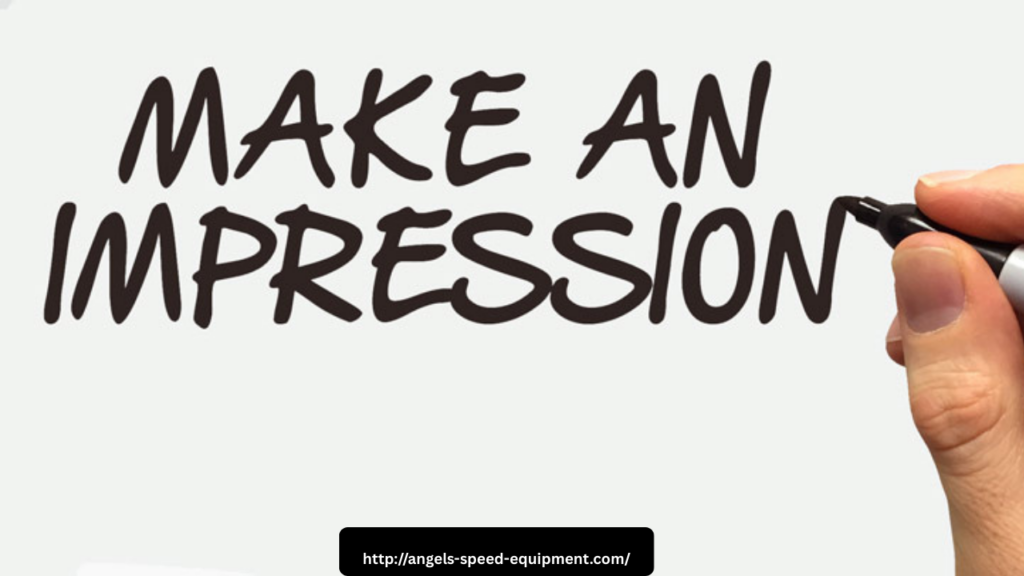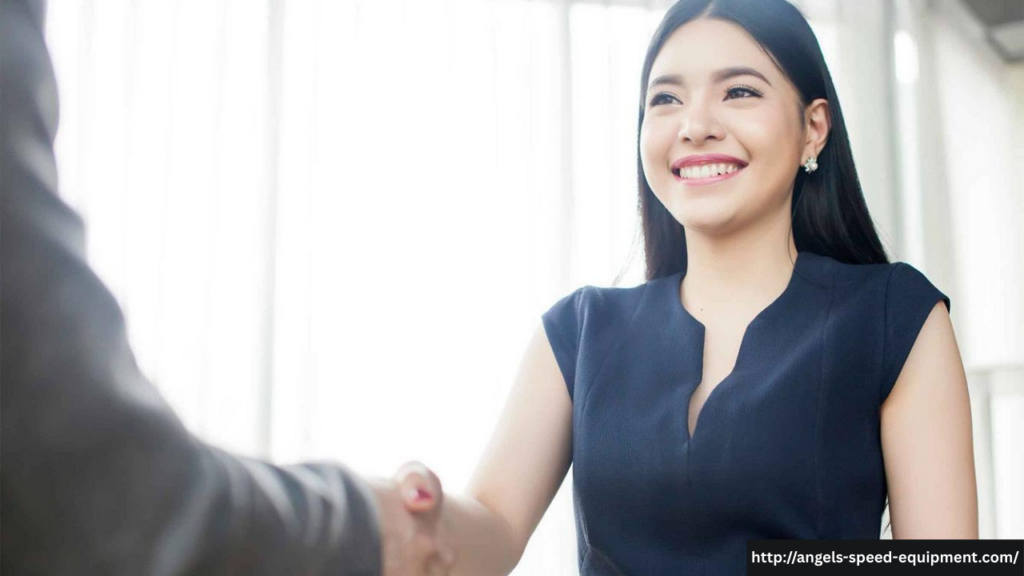
Your fashion choices have the remarkable ability to leave a lasting impression, whether you’re at a corporate event, a casual brunch, or an elegant evening affair. Dressing well is not just about following trends; it’s about presenting the best version of yourself with confidence and intention. Here are key fashion rules to ensure you make a memorable impression wherever you go.
1. Prioritize Fit Above All
The most stylish outfit can fall flat if it doesn’t fit properly. Clothes that are tailored to your body shape instantly elevate your appearance, signaling attention to detail and self-respect. Ill-fitting garments can appear sloppy, while well-fitted pieces enhance your posture and silhouette, making you look polished and put-together.
2. Dress Appropriately for the Occasion
Understanding the dress code is essential to making a positive impression. Being overdressed or underdressed can make you feel out of place and diminish your confidence. Research the event ahead of time and choose an outfit that aligns with the expected attire, whether it’s formal, business casual, or relaxed chic.
3. Invest in Timeless Staples
Trendy pieces come and go, but timeless staples never lose their charm. Building a wardrobe with classic items—such as a crisp white shirt, a tailored blazer, a little black dress, and quality footwear—ensures you always have reliable options to create sophisticated and impactful looks.
4. Embrace Color with Purpose
Color plays a powerful role in how your outfit is perceived. Neutral colors like navy, gray, black, and beige exude sophistication and versatility. Meanwhile, pops of color can add vibrancy and showcase personality. Understand basic color theory and use it to your advantage to convey the right mood or message.
5. Pay Attention to Grooming and Accessories
Details matter. Clean, well-maintained hair, nails, and skin complement a polished outfit. Accessories should enhance, not overpower, your look. A sleek watch, a tasteful pair of earrings, or a structured handbag can add the perfect finishing touch without being distracting.
6. Balance Trends and Personal Style
While it’s fun to experiment with trends, your personal style should remain at the forefront. Choose trends that complement your body type, lifestyle, and personality rather than chasing every passing fad. Authenticity resonates more deeply than simply being on-trend.
7. Confidence is Your Best Accessory
No outfit is complete without confidence. Wearing clothes that make you feel good will naturally boost your self-esteem and make you more approachable. Stand tall, smile, and carry yourself with grace—confidence makes any outfit unforgettable.
Conclusion
Making a lasting impression through fashion isn’t about having an extensive wardrobe or wearing the most expensive brands—it’s about intentional choices, attention to detail, and staying true to yourself. By prioritizing fit, appropriateness, timeless style, and self-confidence, you can create powerful first impressions and leave a memorable mark wherever life takes you.
